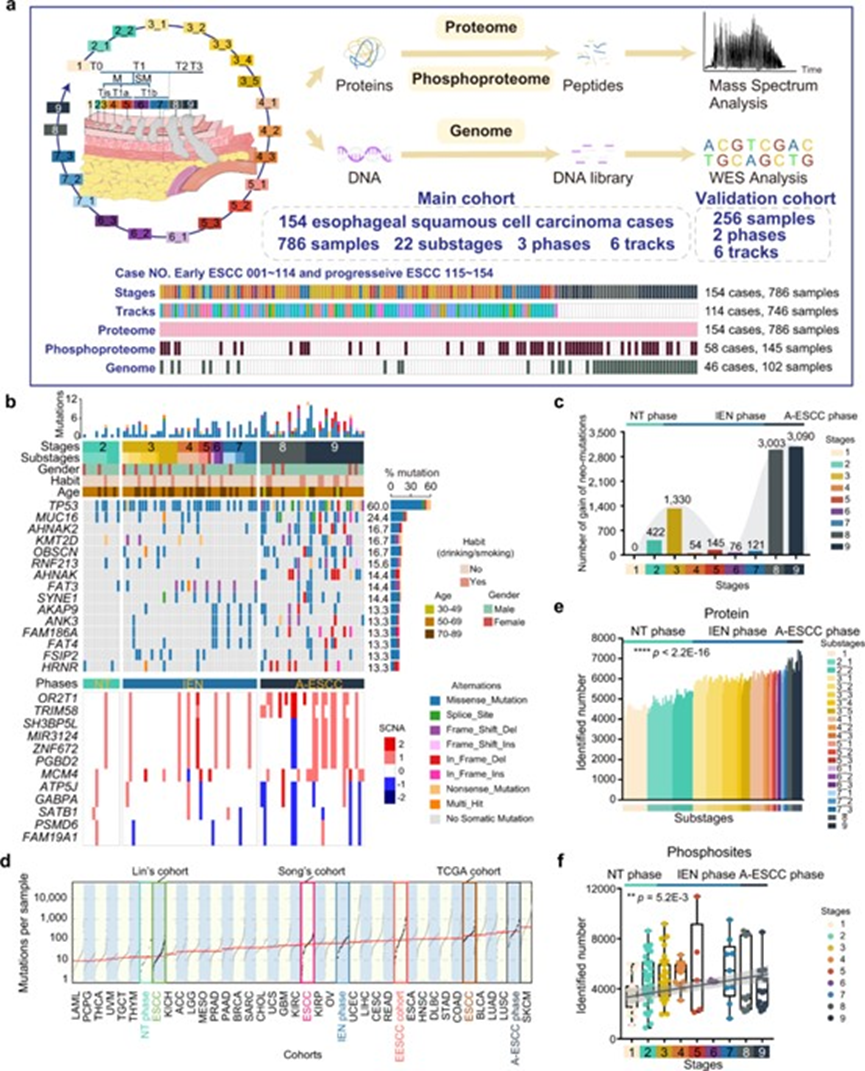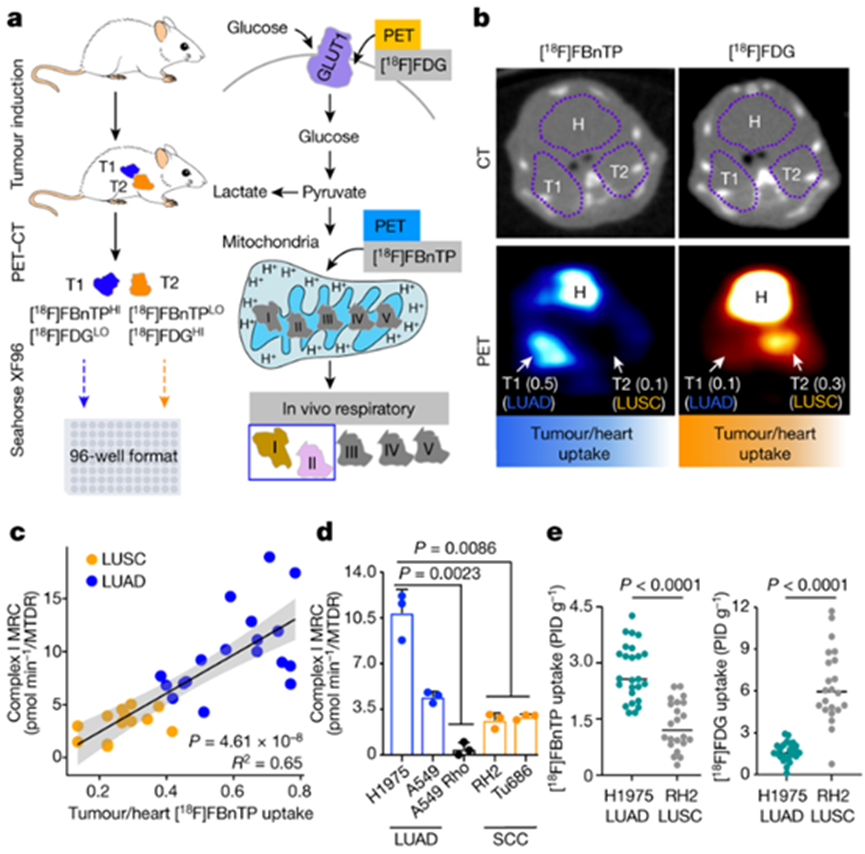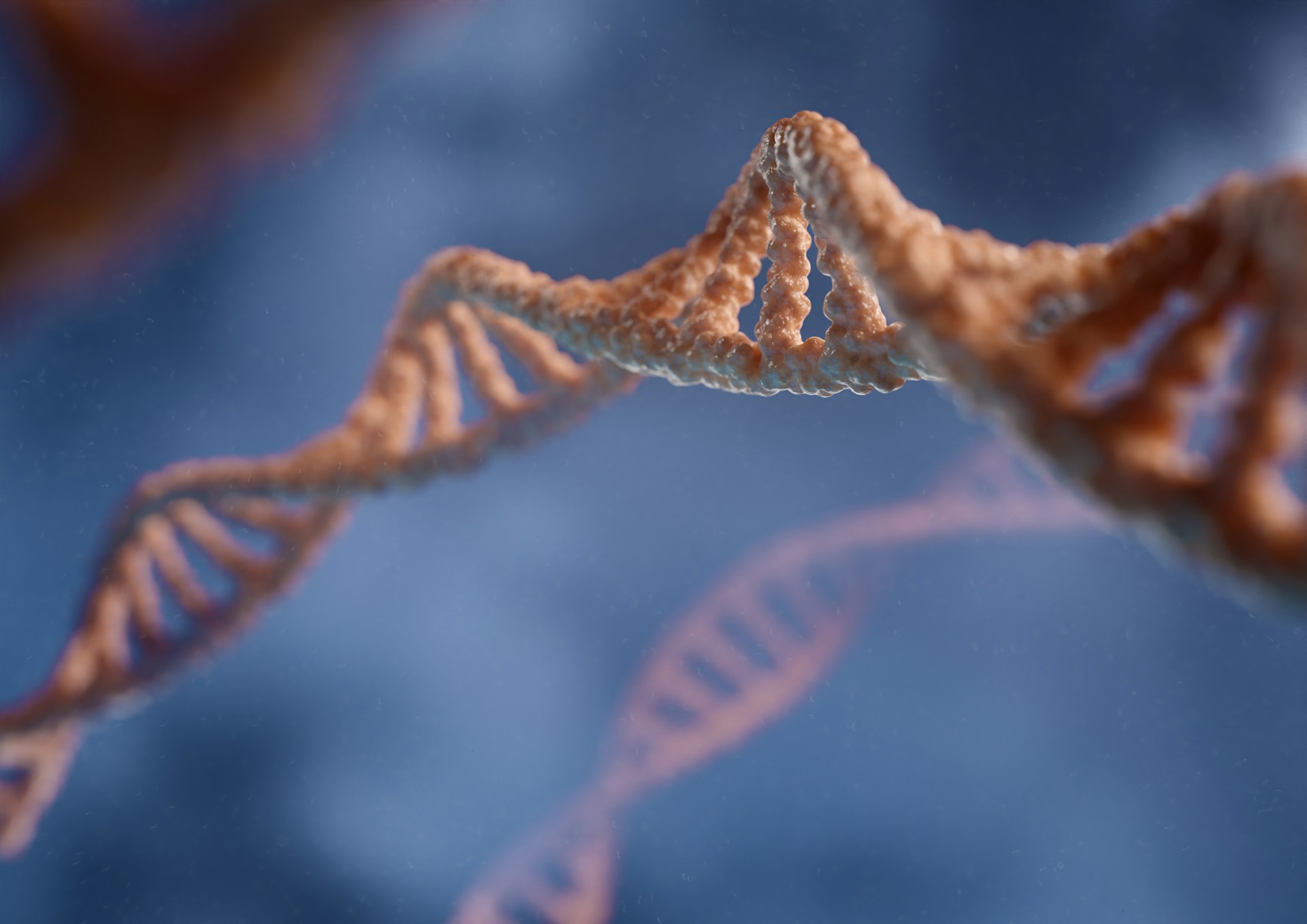-
13
10 Month

Nat Biotech publishes a new method for direct sequencing of tRNA based on nanopores
RNA is a genetic information carrier that exists in biological cells, some viruses and Viroid. Different types of RNA have different functions. Transfer RNA (tRNA) plays an important role in protein translation. If there is incorrect or missing modification in tRNA, it will result in incorrect or incomplete proteins.
It has been found that mutations of a variety of tRNA modifying enzymes are associated with various human diseases, including neural Degenerative disease, Metabolic disorder and cancer. However, studying tRNA has always faced many challenges, partly due to the lack of a simple method for quantifying its abundance and chemical modification simultaneously. Because the current nanopore sequencing setup discards the vast majority of tRNA reads, the sequencing yield is low, and there is a bias in the representation of tRNA abundance based on transcript length.
Recently, a research team and collaborators from the Barcelona Institute of Science and Technology in Spain published a research paper titled "Quantitative analysis of tRNA abundance and modifications by nanopore RNA sequencing" in Nature Biotechnology. The research team has developed a new tRNA nanopore sequencing method called Nano-tRNAseq, which can directly accurately sequence natural tRNAs, accurately quantify tRNA abundance, and simultaneously capture tRNA modification changes. The research team used Nano tRNAseq to successfully detect the crosstalk and interdependence between different tRNA modification types within the same molecule of Saccharomyces cerevisiae tRNA population, as well as the changes in the response of tRNA population to oxidative stress.

Figure 1. Article published in Nature Biotechnology
The Direct RNA Sequencing (DRS) platform developed by Oxford Nanopore Technology (ONT) is a promising alternative to NGS technology for describing tRNAs. This technology allows for direct sequencing of natural RNA molecules, so in principle, tRNA modification and tRNA abundance can be detected and quantified without the need for reverse transcription or PCR. Previous studies have shown that nanopores can capture tRNA using solid-state or biological (ONT) nanopores. By connecting connectors to extend tRNA molecules, tRNA can be sequenced, labeled, and localized through biological nanopores. However, the sequencing yield of tRNA molecules using the above method is relatively low, and there is no report on whether this method reproduces existing in vivo tRNA abundance and/or tRNA modification.
The research team found that reprocessing the original nanopore signal strength and filling the 5 'and 3' tRNA ends with RNA connectors can accurately determine and map the base, capture the entire tRNA sequence, increase the number of tRNA reads by 12 times, and obtain accurate tRNA abundance. This method based on nanopores is named Nano-tRNAseq (Figure 1) and can be used to sequence natural tRNAs and obtain quantitative estimates of tRNA abundance and modification kinetics in a single experiment. The research team stated that the Nano-tRNAseq method is the most successful method for DRS using nanopores in vitro and natural tRNA molecular sequencing, base determination, and mapping.

Figure 2. Nano tRNAseq can effectively sequence natural tRNA
The short and highly modified nature of natural tRNAs makes their comparison challenging. The inaccurate determination of modified bases in the DRS dataset also resulted in a large proportion of mismatched bases in the original tRNA detection. Due to these incorrect bases, using the commonly used long read mapping tool minimap2 (- ax map ont-k15) with recommended settings can only compare a small portion of reads (2.56%). In order to improve the mapping ability of Nano tRNAseq reads, the research team tested the short reads mapping algorithm BWA and found that the BWA MEM comparison using recommended parameters outperformed minimap2 in mapping readas.
When using BWA-MEM with parameters - W13 k6 xont2d T20, it was found that there was an optimal balance between increased mapping reads and error alignment, with 54.63% of reads mapped and very little error alignment (0.19%). When comparing the performance of two mapping algorithms in natural tRNA molecules, the comparison is more pronounced. Subsequently, the researchers evaluated whether the mappability of Nano tRNAseq reads was influenced by the lengths of 5 'and 3' RNA junctions. Research has found that even without RNA connectors in the reference sequence, short and unmodified sequences can be effectively aligned, while short and modified reads benefit greatly from extended sequences with connectors, indicating that extended sequence molecules with RNA connectors are crucial for guiding correct alignment of "mismatched" short reads, such as short reads from natural tRNA.
-
03
09 Month

Nature: New Discovery! Revealing key information on mitochondrial function in cancer cells, with the potential to develop new ca
Scientists have long known that mitochondria play an important role in the metabolism and energy production of cancer cells. However, as of now, researchers are not clear about the relationship between the structural organization of mitochondrial networks and their functional bioenergy activity at the entire tumor level.
Recently, in a research report entitled "Spatial mapping of mitochondrial networks and bioenergetics in lung cancer" published on the international journal Nature, scientists from UCLA and other institutions combined Positron emission tomography (PET) and electron microscope through research, A three-dimensional super resolution map of mitochondrial network was generated in the Lung tumor of genetically engineered mice.
In the article, researchers used an artificial intelligence technique called deep learning to classify and analyze tumors based on mitochondrial activity and other factors, and quantified the structure of hundreds of cells and thousands of mitochondria throughout the entire tumor. Researchers studied two major subtypes of non-small cell lung cancer (NSCLC) - Adenocarcinoma of the lung and squamous cell carcinoma, and found different mitochondrial network subsets in these tumors; More importantly, they also found that mitochondria can often be organized together with Organelle such as lipid droplets and produce special subcellular structures, while supporting tumor cell metabolism and mitochondrial activity.
 Image source: Nature (2023) DOI: 10.1038/s41586-023-05793-3
Image source: Nature (2023) DOI: 10.1038/s41586-023-05793-3Researchers speculate that the mitochondrial population in human cancer samples does not repel their respective tumor subtypes, but rather has an activity spectrum; These research findings may provide key information for understanding the function of mitochondria in cancer cells and have the potential to help develop new cancer therapies. Shackelford, the researcher, said that our research represents the key first step to generate a highly detailed three-dimensional map of Lung tumor using a genetically engineered mouse model; Using these maps, we can generate a blueprint of the structure and function of Lung tumor, and provide valuable clues to reveal how tumor cells structurally organize their cellular architecture to respond to the high metabolic demands of tumor growth. Our research findings may help guide and improve current cancer treatment strategies, and also clarify the new direction of scientists' treatment of lung cancer.
This study reveals a new discovery of metabolic flux of Lung tumor, and clarifies that the preference of cancer cells for nutrition may be determined by the regions of mitochondria and other Organelle in their cells, that is, they either depend on glucose or free fatty acids. The research results of this article are of great significance for developing effective anticancer therapies that can target tumor specific nutritional preferences. This multimodal imaging method can also prompt researchers to uncover previously unknown aspects of cancer metabolism. Researchers believe that this may also be applied to research on other types of cancer.
In summary, the results of this study indicate that in non-small cell lung cancer, mitochondrial networks can be divided into different subpopulations and dominate the tumor's bioenergy capacity.


